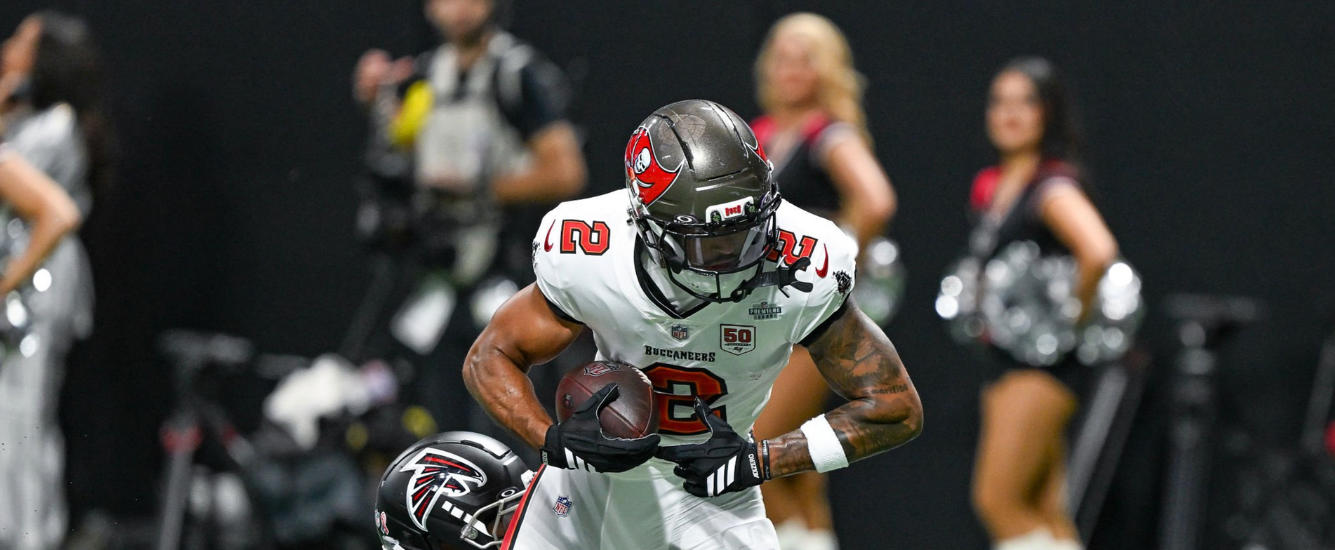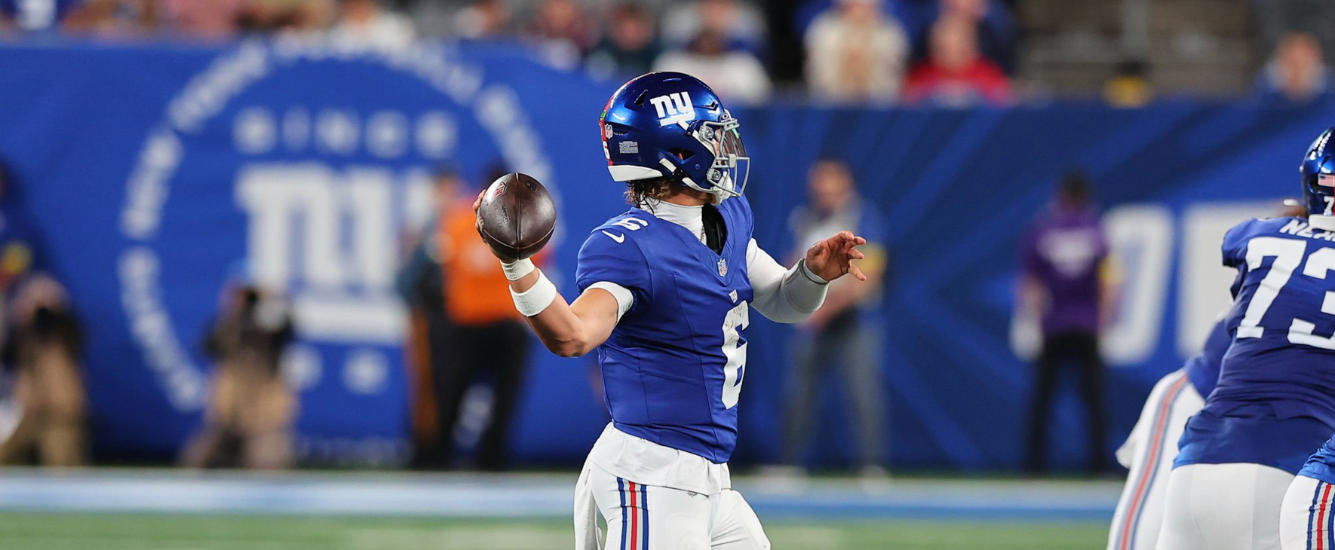Everyone wants to draft Christian McCaffrey and Dalvin Cook. They’re probably the two best players in fantasy, and adding an elite running back to your squad in Round 1 gives you a massive leg up over your opponents.
The reason those high-end RB1s are so valuable is that there are so few of them. Most teams use a committee nowadays, which makes sense from a real-life perspective but presents a dilemma for fantasy players. Do you think Trey Sermon or Raheem Mostert emerges in the San Francisco backfield? Will it be Travis Etienne or James Robinson for the Jaguars?
Everyone has their opinion on each backfield, but a more objective way to look at it is to compare how committee RBs have fared in the past using relative ADP. In other words, we can look at the difference in ADP between two RBs on the same team to find out how previous ambiguous backfields have turned out. Charlie Kleinheksel has written about this idea a few times, most recently in 2018. Since we have three additional years of data since then, it’s time for an update. But first, check out Charlie’s work on the topic:
- Mind the Gap: Using ADP to Create a Running Back Typology
- Using ADP to Identify Running Back Values and Traps
- Running Back Performance by Team ADP: Looking for Bargains




















